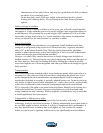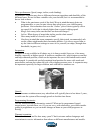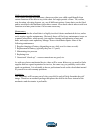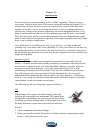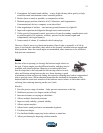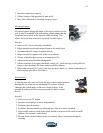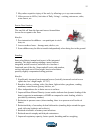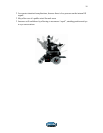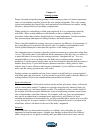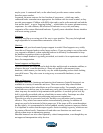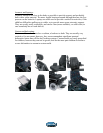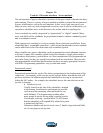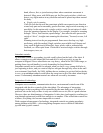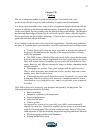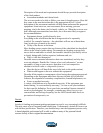
17
Chapter V:
Seating systems
Proper selection and professional guidance in the seating system is of utmost importance,
since it is the ultimate interface between the user and the wheelchair. This is the seating
system surrounding the client all day, and can make all the difference in comfort, sitting
tolerance, and prevention of secondary complications.
While comfort in a wheelchair is often quite neglected, it is very important especially
with SMA. When seating children in wheelchairs we have a tendency to focus on
prevention rather than comfort, though both are of equal importance. Comfort translates
into decreased pain and improved sitting tolerance, and better function.
There is no gold standard in seating, since every person is so different; all components of
the system have to be matched to the specific user. It is highly recommended to work
with a qualified therapist to determine the specifics of the seating system.
One important aspect of seating is that the systems are meant to accommodate rather than
correct. That means that if your child has fixed contractures of the hip, knee, or ankles, or
a spinal deformity, do not expect the seating system to “straighten her up.” It is very
uncomfortable to sit in a way that forces the body into a certain position against its
tendencies. Forced postures usually show up in new deformities that the body develops to
balance those forces. If your child requires posture correction, a body jacket or other
orthosis may be more effective and/or more comfortable. If your child uses a body jacket,
make sure the seating system works well with it.
Seating systems are modular and vary from a simple seat and back to a system supplied
with many parts and accessories. It is beyond the scope of this guide to describe details of
seating systems. Below some considerations and possible accessories:
Seats and cushions:
There are hundreds of off the shelf cushions on the market, plus many clients will end up
with a custom made product. Cushions are typically categorized by material: foam, gel,
air, honeycomb, etc., and many hybrid versions. The materials, covers, and the shape of
the cushion will effect pressure distribution, scope of positioning, moisture/sweat issues,
ease of maintenance, and other features. For example, with very low tone practitioners
may opt for a cushion that is contoured more aggressively, and if there is a lot of
sweating and problems with heat build up, you may consider fabric instead of a cover that
is easy to wipe off. A proper cushion is vital to help maintain the pelvis’s position in the
wheelchair, which is the basis for the rest of the body’s alignment.
Backrest:
While backrests are often treated secondary to cushions, fact is that they are just as
important for comfort and posture. A planar type backrest (often utilized for children)
allows for growth, so it is quick to modify and your child will not need a new one for



